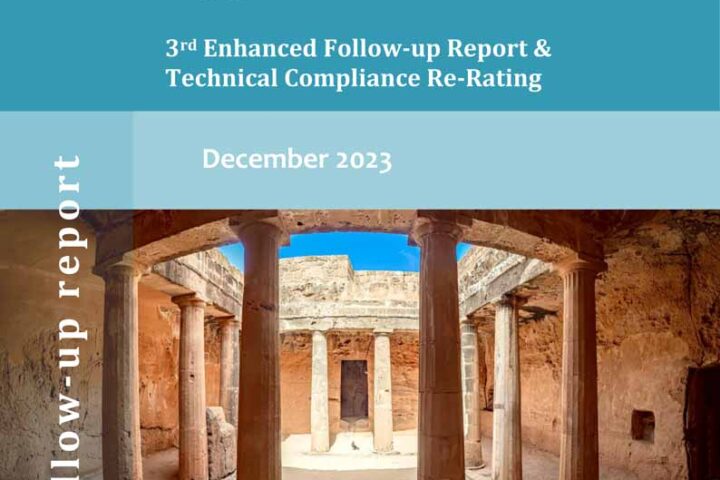Goldman Sachs and Morgan Stanley were granted approval on Sunday to become bank holding companies regulated by the U.S. Federal Reserve, effectively killing off the investment banking model that has dominated Wall Street for more than 20 years.
The move enables Goldman and Morgan Stanley to take deposits, gain easier access to financing and gives them more flexibility to buy retail banks. It was initiated by the only two big and independent U.S. investment banks left after the failure of Lehman Brothers and the agreed takeover of Merrill Lynch last week.
The change, part of a wrenching transformation of the Wall Street landscape amid financial markets turmoil in the past two weeks, means that previously freewheeling firms will be subject to much tighter regulation by the Fed, including tough capital requirements.
That could curb their ability to leverage up their proprietary trading and other activity with mountains of borrowed money. This will reduce their chances of producing the kind of mega profits they had been making until the credit crisis started to hit home this year.
"The timing of this move, in conjunction with all of the other unprecedented steps taken in the past week, shows the seriousness with which the government and the banks themselves are still taking the short-term risks to systemic stability in the financial markets," said Kirby Daley, senior strategist at Newedge Group in Hong Kong. "The implications of all these measures taken together are mind-boggling."
Under the new set-up, the primary regulator of the parent companies switches to the Federal Reserve from the Securities and Exchange Commission but the SEC continues to regulate their U.S. securities businesses.
In exchange for the increased scrutiny, Goldman and Morgan gain long-term access to the Fed's discount window and access to bank deposits insured by the Federal Deposit Insurance Corp.
MORGAN, WACHOVIA MARRIAGE LESS LIKELY
Morgan Stanley is also now less interested in a merger with the banking group Wachovia Corp. That is no longer Morgan's first priority, though talks with other parties continue, a person familiar with negotiations said.
It held a board meeting over the weekend to discuss Wachovia and the possibility that China's sovereign wealth fund China Investment Corp could increase its stake in Morgan Stanley, according to sources familiar with the situation.
Morgan Stanley declined comment on the talks but it did say in a statement that the new status would give it "flexibility and stability to pursue new business opportunities."
"In some ways this makes it easier for them to buy a retail bank, but they may argue that this makes them self-sufficient and they don't need to buy a bank now," said the head of global mergers at a U.S. investment bank.
"But they can't raise deposits fast enough organically to stabilize their problems, it has to come through M&A," said the banker, who declined to be identified because he was not authorized to speak with the media.
Goldman intends expanding its deposit base by acquiring deposits wholesale from other banks, particularly those in distress, said the firm's spokesman Lucas van Praag.
It began to feel that it needed to consider something like Sunday's move after the government-financed fire sale of another investment bank, Bear Stearns, to JPMorgan Chase & Co in March, and the events of the past week accelerated this thinking, he said.
"Last week the markets were looking for a 'belt and braces' approach to safety and soundness — now we have the central bank as our regulator and permanent access to the lender of last resort," he said.
Goldman saw its shares plunging as much as 45 percent in the first four days of last week as even once seemingly untouchable Wall Street firms appeared vulnerable to the financial crisis.
Its stock partially recovered amid news of a planned $700 billion bailout of the U.S. financial system by the government and a ban on short selling of financial stocks.
To provide increased liquidity to the companies while they go through the transition, the Fed agreed to lend to the firms' broker-dealer subsidiaries on the same terms as the Fed discount window for banks.
The Fed said it was making the same collateral deals available to the broker-dealer subsidiary of Merrill, which is being acquired by Bank of America.
"It creates a perception of greater safety and supervision. It really rationalizes the regulatory system. It should be good for both Goldman Sachs and Morgan Stanley," said Chip MacDonald, mergers partner at law firm Jones Day. "It gives them better sources of funds through a commercial bank subsidiary."
The approval by the Fed came at the request of Goldman and Morgan, according to a source familiar with the application.
RETAIL BANK ACQUISITIONS EASIER
Goldman Sachs said it would move assets from a number of businesses into an entity called GS Bank USA that would have more than $150 billion in assets, making it one of the ten largest banks in the United States.
Under a commercial banking model Goldman and Morgan will be able to take deposits which during this shaky financial environment are considered a stable source of funding.
Their ability to take risks will not only be more thoroughly questioned but also be more measured because regulators will require stringent capital levels relative to the risks they take. They will also be required to maintain managerial and operational soundness and be subject to a strict regulatory ratings system.







